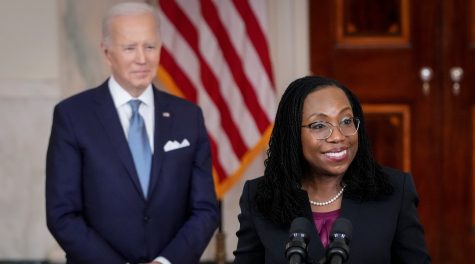Jewish Trivia: The Supreme Court
Published February 28, 2022

The District Court ruled in Chernock’s favor, and Chief Gallagher appealed the case to the Supreme Court. What was the result of that appeal, in the case of Gallagher v. Crown Kosher Super Market of Massachusetts?
Choices
A. The Supreme Court upheld the District Court ruling in a 6-3 decision, noting that though the State might legally be able to require a day of no commercial operations, the Blue Laws clearly were based on the Christian view of Sunday as the Lord’s day of rest rather than a non-religious view of the best interests of the State.
B. The Supreme Court refused to hear the case. While the Court does not announce why it chooses not to take up any particular case, it was speculated that the Court saw absolutely no flaw in the ruling of the District Court, so left their ruling in place that the Blue Laws were unconstitutional.
C. The Supreme Court overturned the District Court ruling, stating in a 7-2 decision that, despite the original religious basis for the Blue Laws, these restrictions no longer had religious intent, and therefore the state had a right to declare a commercial day of rest.
D. The Supreme Court decided against Chernock and his customers, noting that since the Massachusetts law allowed him to operate until 10:00 am, it was not valid to claim that there was a religious preference given to Christian theology. As a result, many states whose Blue Laws allowed no opening hours on Sunday changed their laws to allow very limited operating hours, but this ultimately led to hours being extended more and more, eventually leading to the revocation of most Blue Laws.
E. The nine-member Supreme Court ruled 8-2 to uphold the Blue Laws, with the seven non-Jewish justices (Earl Warren, Hugo Black, Stanley Forman Reed, William O. Douglas, Robert H. Jackson, Harold Hitz Burton, and Tom C. Clark) all voting in favor, while the two Jewish members of the court (Felix Frankfurter and Arthur Goldberg), voted 1 in favor, 2 against, upholding the classic model of “2 Jews, 3 opinions.”















